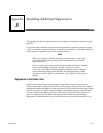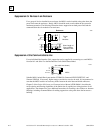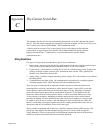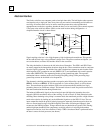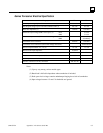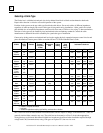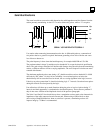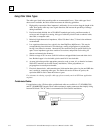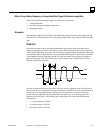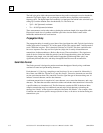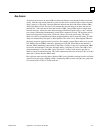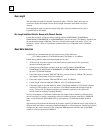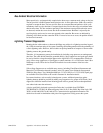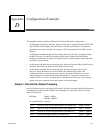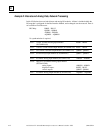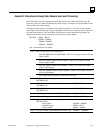
GFK-0825F Appendix C The Genius Serial Bus C-7
C
Effect of Long Cables, Repeaters, or Unspecified Cable Types On Maximum Length Bus
Three effects limit the maximum length bus available at any baud rate:
1. Voltage attenuation
2. Waveform distortion (frequency dispersion)
3. Propagation delays
Attenuation
The transmitter output levels and receiver thresholds determine the maximum attenuation that can
be tolerated. For Genius products, this is the principal determinant when using recommended cable
types.
Distortion
Waveform distortion is due to the limited bandwidth of wire media, which causes the various
frequency components of a pulse waveform to travel at different speeds and thus arrive separately
in time (called dispersion). As a result, the received pulse appears rounded and distorted. The signal
at the extreme end from the transmitter may look rounded and skewed as shown below. Distortion
is most apparent near the beginning and end of a pulse train where in may appear as a change in
phase or a frequency shift. Critical timing for a logic 0 transmission is shown below in a more
detailed version of the waveform:
Tw
Tw
+Vr
-Vr
Tp/2
Tp/2
Note the first and last half-cycle look wider. The most critical to operation is the first full cycle of
the first start bit of the transmission. Detection of this pulse establishes the time synchronization of
the receiver to the incoming waveform. Missing this first pulse does not cause the data to be
missed, but may compromise the noise immunity with respect to extra or missing pulses. The
frequency of the AC pulse is 3X the baud rate as noted earlier. This means the normal period
Tp(normal) is:
•
2.17 microseconds at 153.6 Kb
•
4.34 microseconds at 76.8 Kb
•
8.68 microseconds at 38.4 Kb.



